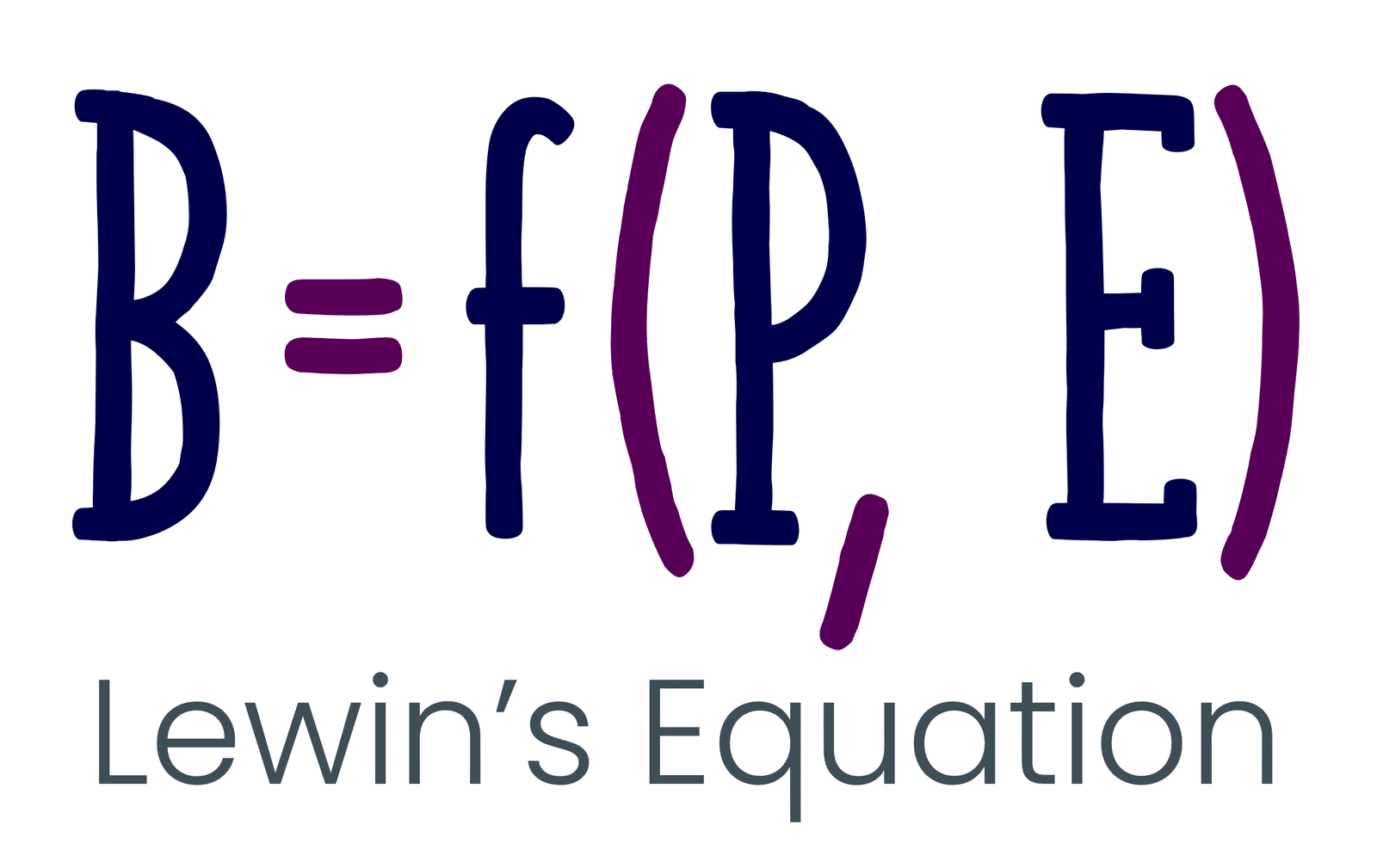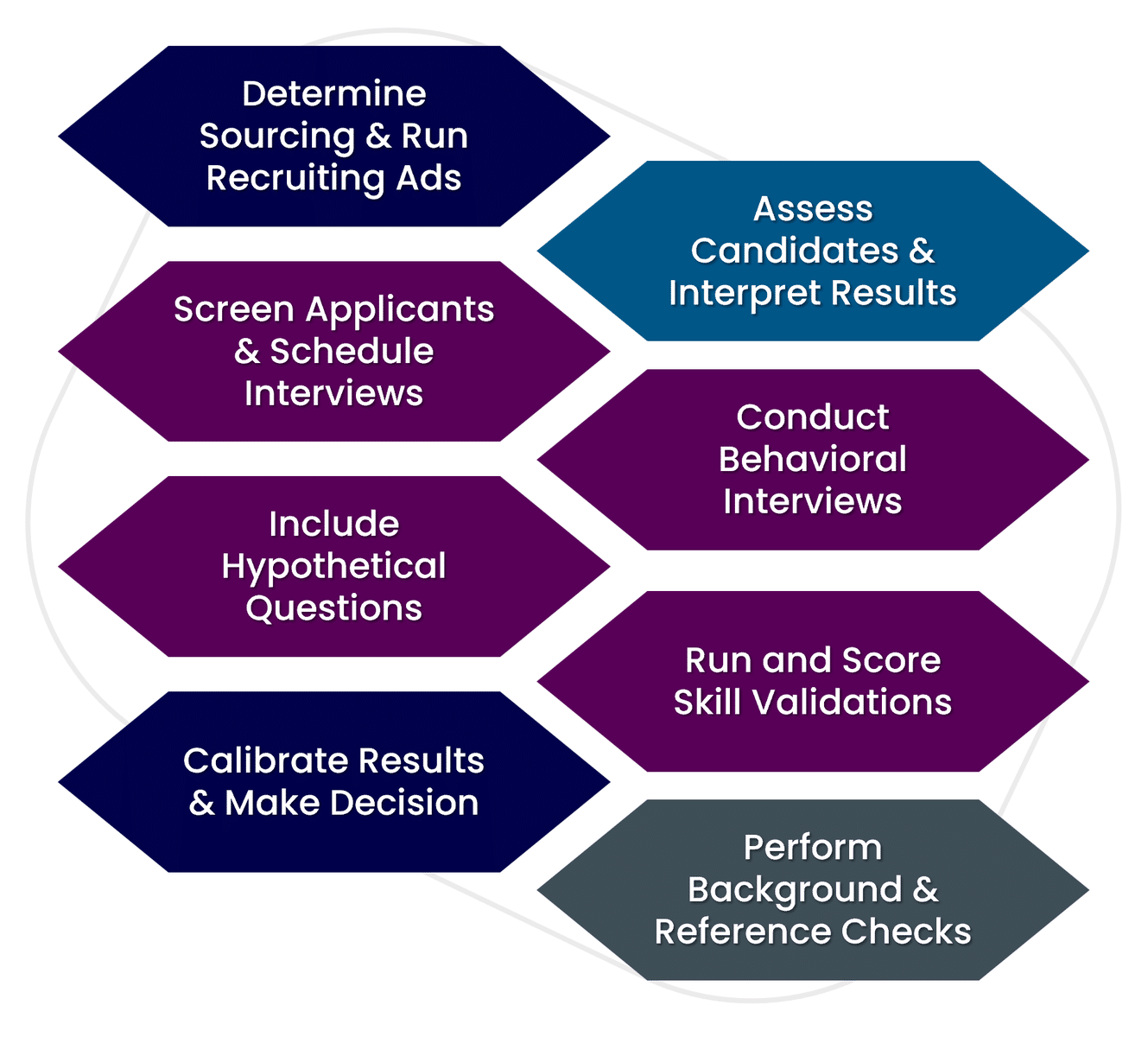Top performing salespeople are like the Olympic athletes of the corporate world or the astronauts of business. To do their job well, they need to have “the right stuff.” While I respect and love our marketing and service counterparts, and accountants, HR pros, project managers, and others, not everyone needs to stand and deliver in the way that our sales forces must.
Everyone deserves training, development, support and coaching. Not everyone, though, is pushing massive boulders up hill in a tornado, while being taunted by a carrot and poked by a stick. There are other departments that can take a company down (think about an unscrupulous finance leader or CEO) but none that can save a company if the sales force fails to produce.
And, even with our sales forces, the old adage remains true…
“A chain is only as strong as its weakest link.”
~ Thomas Reid (in Essays on the Intellectual Powers of Man)
A senior sales leader at a client said to me recently, “We need to be like a ‘Seal Team.’” I can’t begin to tell you how much I respect that. If we want to build a sales force at this level, in today’s market, especially, we can’t afford weak links, can we?
So, what is it that separates the best from the rest? And how do you build this sort of team? The nature versus nature debate has raged for years. It’s a relevant discussion in the context of organizational performance and especially for sales force performance.
There are two other quotes that, for me, have always exemplified the sides of this debate:
“Get the right people on the bus, the wrong people off the bus, and the right people in the right seats.”
~ Jim Collins (in Good to Great)
“Pit a good performer against a bad system and the system will win almost every time.”
~ Geary Rummler (Performance Consulting Pioneer)
Can you feel that tension? Now, in fairness to Collins and Rummler, I’ve taken their quotes out of context. Neither was advocating for just one side of this issue. But juxtaposing them does illustrate the point.
While there are proponents on both sides, as usual, the truth lies in the middle of a sliding scale. It’s a blend of having the right people (nature) and creating an environment that supports high performance (nurture).
Behavior is a Function of the Person and the Environment

Kurt Lewin, one of the modern pioneers of social, organizational, and applied psychology, brought the two sides together in his equation, B = f(P, E).
The equation means that an individual’s behavior (B) is a function (f) of:
- The person (P), including their history, personality, motivation, knowledge and skills (ala Jim Collins)
- Their environment (E), including their physical and social surroundings, and other things such as culture, processes, methodologies, tools, resources, training, coaching, compensation, support and other organizational systems (ala Geary Rummler).
That said, I think about it this way. There are elements of the nature side that are innate and difficult to train but not impossible. This is akin to hardwiring. Our assessment partner refers to these as your candidate’s “Sales DNA.” There are other things like knowledge and skills that are far easier to train, assuming you’re training someone with the capacity to learn, with an acceptable “Figure It Out Factor,” a strong will to sell and commitment, who will accept coaching, and who possess the supportive mindset and beliefs (that hardwiring) to execute and do what they were taught.
I offer this long preamble to make the important points that:
- Hiring effectively for sales is absolutely critical.
- It’s also one part of a larger ecosystem that is required to produce the best possible sales performance results.
- You get the best results when you find people with the right sales DNA/hardwiring (nature) and put them in a great environment and sales culture (nurture).
So, while we’ll now explore hiring effectively for sales roles, and how to get the right people on the bus in the right seats, keep in mind that there is more to the equation. Nature is where it starts. You hire right. Then you build a sales machine (systems/environment/nurture) that will help even average people perform at above average levels. And now, finally…
The Sales Hiring System
Ah, the Sales Hiring System. I can almost hear the response. “A system, again, Mike? Is that really necessary? Can’t we just interview people?”
Why This Is Important
Well, you can, but interviewing has a validity ranging from 15-44 percent, based on the study/research you come across. Mostly I’ve seen 15-30 percent. Keep in mind that validity doesn’t necessarily mean predictive validity, which is what really matters. And those numbers are based on the interview methods being used very well, executed with discipline. I don’t see that happen very often in the real world.
Then, consider the cost of a hiring mistake for a sales role. The U.S. Department of Labor claims a bad hire can cost your business 30 percent of your employee’s first-year earnings; other HR agencies estimate the cost to be higher, ranging from $240,000 to $850,000 per employee. For sales roles, given the size of a territory and opportunity-loss costs, I’ve seen estimates up to and over a million dollars.
- SIDEBAR: To determine the costs of a poor sales hire or turnover for your company, try this Hiring Mistake Calculator from our partner, Objective Management Group. It’s 15 questions and will take 15-30 minutes to give you your total cost of sales hiring mistakes, including recruitment, development, and lost business.
Setting Up the Right System for Your Company

To get started, you have some foundational work to do and a few decisions to make. You’ll immediately notice a good number of moving parts. There’s a reason for this. Research shows that a combination of effective selection methods always outperforms any single method.
Here’s what you need to do:
- Determine the sales competencies required for success in each sales role.
- Determine the top-performer traits for success, meaning mindsets and characteristics – not personality.
- Create job documentation, including sourcing strategy and recruiting ads.
- Select the right psychometric assessments for sales:
- Look for assessments that are sales-specific, normative, customizable by role, statistically validated by a reliable and neutral third-party, with predictive validity for sales roles.
- Ask to see what assessment vendors often call their Technical Manual (the statistical analysis). Ensure the assessment is fair, reliable, legal and valid. If you don’t know how to interpret for this, seek expert help. It’s worth it. A great assessment is priceless and will tell you so much about your candidate and their fit for your open role, or even what other roles they may fit.
- Favor assessments based on sales competencies versus personality. Also avoid non-sales assessments massaged to seem like sales assessments.
- See: http://bit.ly/ModernScience-SalesSelection and this link for additional information. The assessment I recommend is 91 percent predictive for sales roles, and even so, there is still a 9 percent margin for error – hence the system.
- Consider behavioral interviewing. This is asking questions about the candidate’s past experiences with the key competencies for your open role. You might recognize them as, “Tell me about a time when…” questions.
- Consider hypothetical questions to assess situational judgment. These are “Imagine you are in this situation…” questions, which test a candidate’s judgment against your preferred decision, often culled from your own top performers.
- Consider skill validations, known as role plays. This is where the rubber meets the road, and the candidate must demonstrate their prowess (or not). I simply won’t hire for a sales role without doing this. For example, if a candidate will be prospecting as part of their role, have them call you, send an email and leave a voicemail.
- Research the appropriate legal, background and reference checks. If needed, seek guidance from your HR professionals, legal team or a consultant.
At this point, you’re following the framework to develop a custom hiring process. When you’re done, it will be your sales hiring system.
Next, you need to:
- Pick the elements from above that you will use and complete the appropriate steps for each.
- Determine your process. Nail down the “Who, What, Why, When, Where and How.” For example:
- When will you use assessments?
- Who will ask and validate the hypothetical questions to assess situational judgment?
- How will you conduct the skill validation role plays and who evaluates them?
- Train hiring managers and interviewers.
- Develop a coordinated plan for interviews.
- Will you separate competencies among interviewers, or not? Who does what?
- How will you calibrate interviewer ratings when they’re done? (With a Likert scale of 1-5, for example, what’s the difference between 3 and 4, and are all the interviewers rating the same way?)
- Consider how you will monitor for compliance; consistency is key for fairness and legality.
- Implement your system and measure results.
A Sample System / Hiring Process

Here is one possible process, using all the recommended parts:
- Determine your sourcing strategy and posting locations for the role and run your recruiting ads.
- Assess candidates (a resume review and the psychometric assessment) and interpret results.
- Reject, prioritize, set aside or move candidates forward.
- Rarely should you reject a candidate solely on assessment/testing results. Most assessment companies will tell you to weigh the assessment results at about a third of the hiring decision. No assessment is perfect. You might adjust this based on the validation studies and level of predictive validity.
- Screen your chosen applicants to ensure they fit with your open role and schedule the interviews. Some prefer to phone screen applicants for some factors before using a psychometric assessment. The danger of that is forming a bias, so those screens should be fact-checks for critical criteria, not interviews. As much as possible, you should guard against forming biases that will reduce your hiring effectiveness.
- Conduct behavioral interviews and rate/calibrate them.
- Include hypothetical questions to assess top-performer situational judgment, and rate and calibrate them.
- Run and score skill validations/role plays. Keep these simple and related to the job.
- Calibrate results across methods and interviewers, make a hiring decision, and present/negotiate an offer.
- Perform your appropriate, legal, and selected background and reference checks.
Putting Your System in Place
And finally, here are some considerations as you implement your system.
Top-down Support: This will be required for a major process change with hiring and to hold managers accountable for using the new process.
Train: Use the Sales Training System to train for behavior change.
Support: Be prepared to support managers with all aspects of the new process, including logistics and administration.
Coach: This is included in the Sales Training System but must be ongoing. Many managers do not hire frequently. It’s likely that both Support (above) and Coaching will be required.
Monitor the Process: For fairness and legality, establish how you will ensure compliance with the new process and then monitor that the process is followed. (See Top-down Support above.)
Hold People Accountable: Process and behavioral changes do not happen naturally, especially with something as personal and emotional as hiring. Leaders will need to hold managers accountable for using the new process.
Measure & Report: In addition to the compliance to the new process, a hiring system for sales is only as good as the results it produces. How did hires ramp-up, perform, and what is the turnover? Based on the results, what might you need to adjust to improve?
Since I’ve done so much quoting in this post, I’ll end with one more – a favorite from author, James Clear (from his book, Atomic Habits).
“If you want better results, forget about setting goals. Focus on your system instead.”
Ah, James. I couldn’t have said it better myself.
Get your Sales Hiring System set up, and remember that there is more to it, with the environment and other systems you create to help your team operate at their peak effectiveness. I’ll write more about that in a future post.
Well, that’s it for today, with my advice about hiring salespeople. If it helps you in any way on your journey toward improved sales effectiveness, please feel free to let me know. I’d enjoy hearing about your successes.
Mike Kunkle is an internationally recognized expert on sales enablement, sales effectiveness, sales training, sales coaching, sales management, and sales transformations.
He’s spent over 30 years helping companies drive dramatic revenue growth through best-in-class enablement strategies and proven effective sales systems.
Mike is the founder of Transforming Sales Results, LLC where he designs sales training, delivers workshops, and helps clients improve sales results through a variety of sales effectiveness practices and advisory services.
He collaborated to develop SPARXiQ’s Modern Sales Foundations™ curriculum and authored their Sales Coaching Excellence™ and Sales Management Foundations™ courses.
Mike's book, The Building Blocks of Sales Enablement, is available on Amazon, with others coming soon in 2026, starting with The CoNavigator Method for B2B Selling.


2 thoughts on “Advice You Need to Hear About Hiring Salespeople”
Hello Mike,
I am a seasoned sales leader with a strong sale foundation and a passion for leading and working with high-performing sellers. I concur with your findings and process/system. Taking time to define the job, the sales competencies needed to be a high performer, and the correct assessment, behavioral-based interview quests with a rated score really makes a difference. I specifically got a chuckle (and have seen that firsthand play out) on your Jim Collins, and Geary Rummler quotes. I really enjoyed your article. Thanks for sharing.
Regards,
Mike
Mike! It’s always fun to hear from a fellow traveler who’s been down the same roads. I’m glad you enjoyed the article and appreciate you taking the time to comment. Stay the course, and hire well! Mike K.